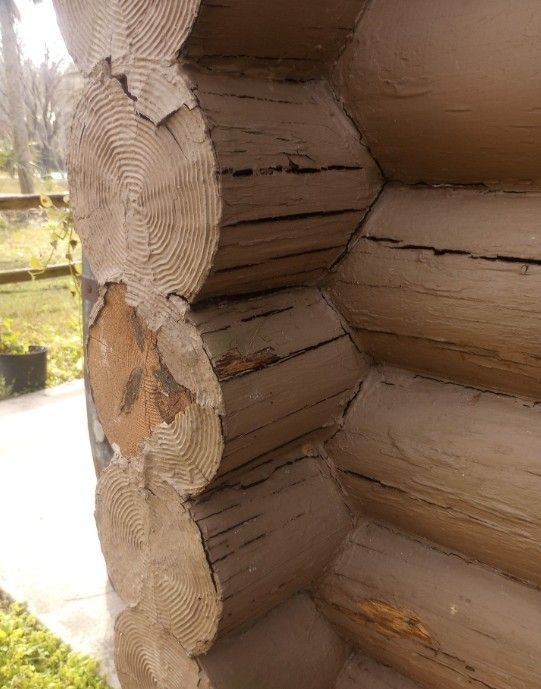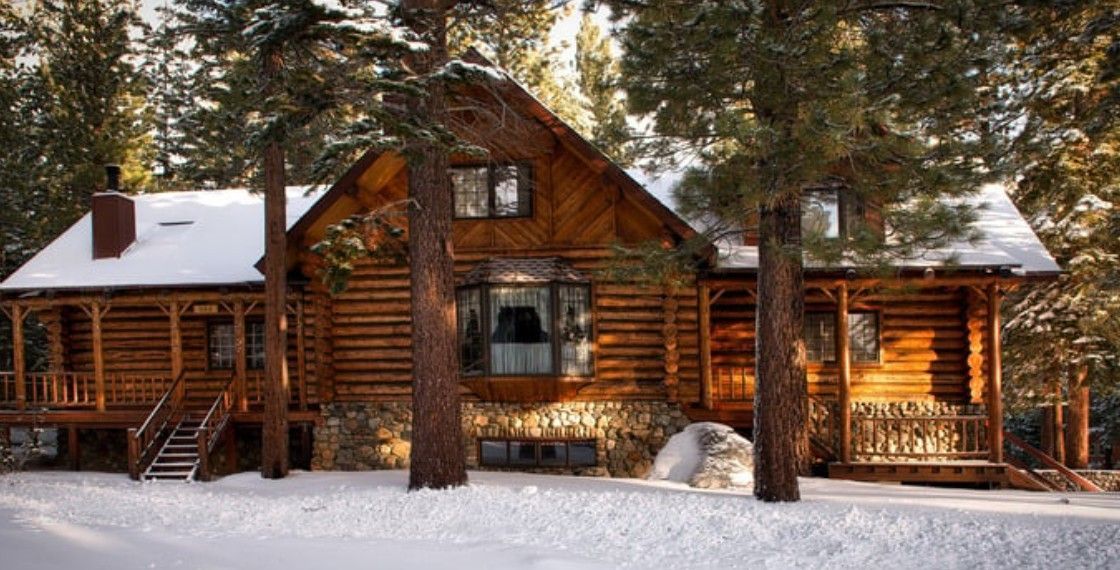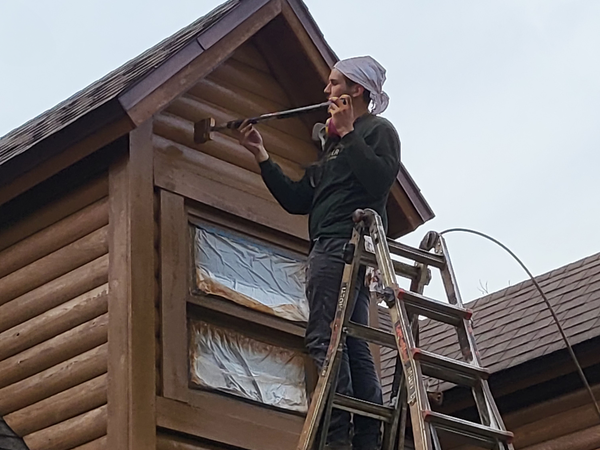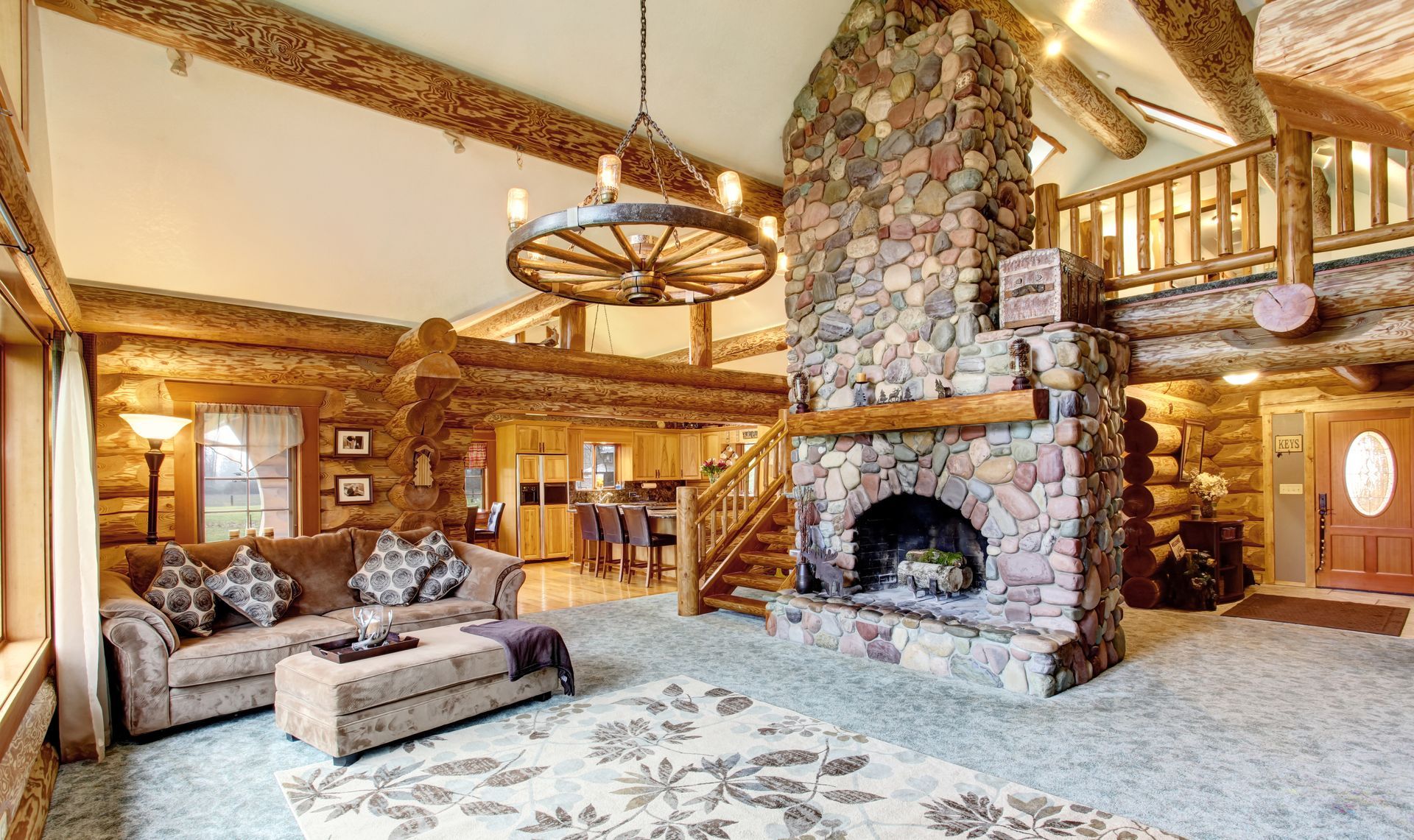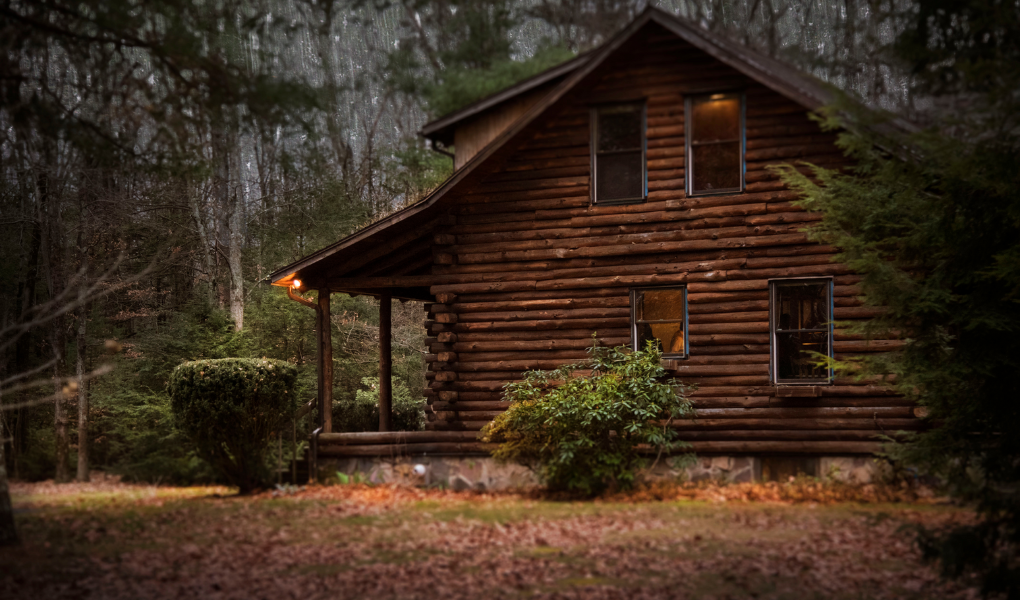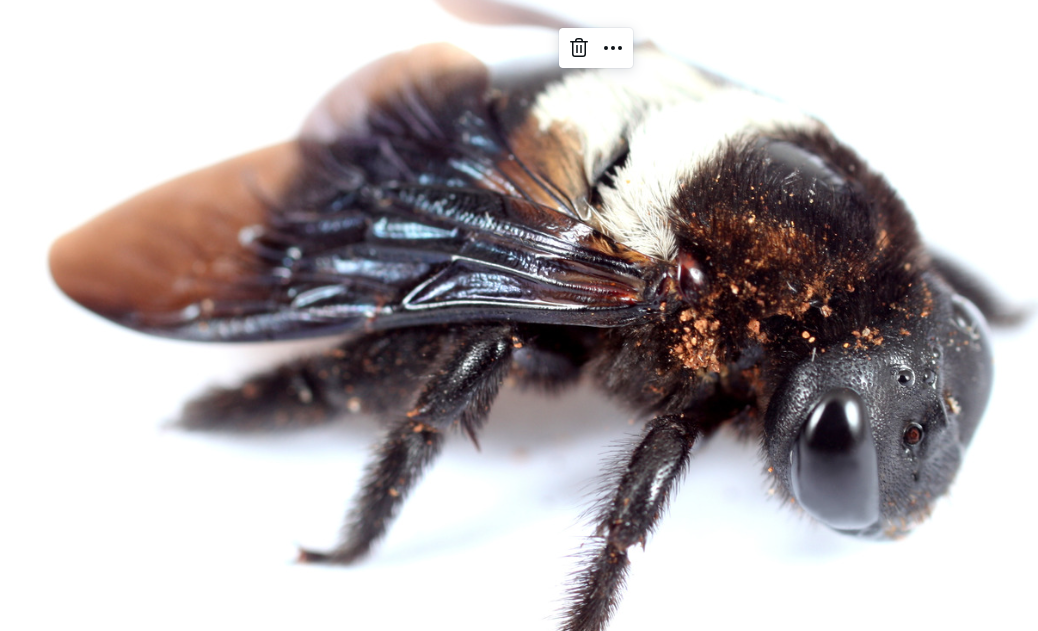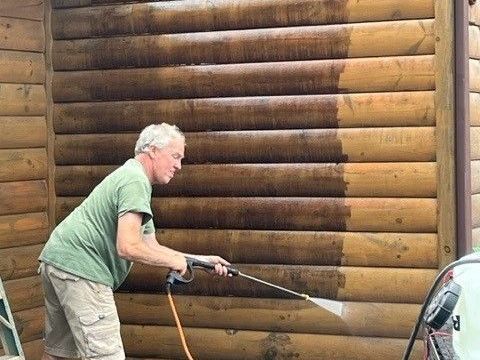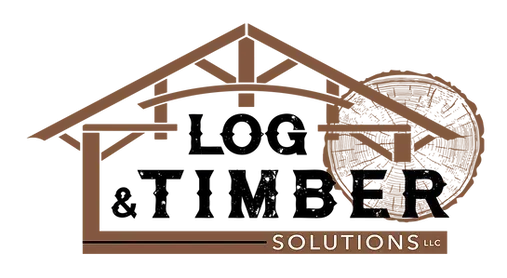The Importance of Regular Log Cabin Maintenance: Preserving Beauty and Functionality
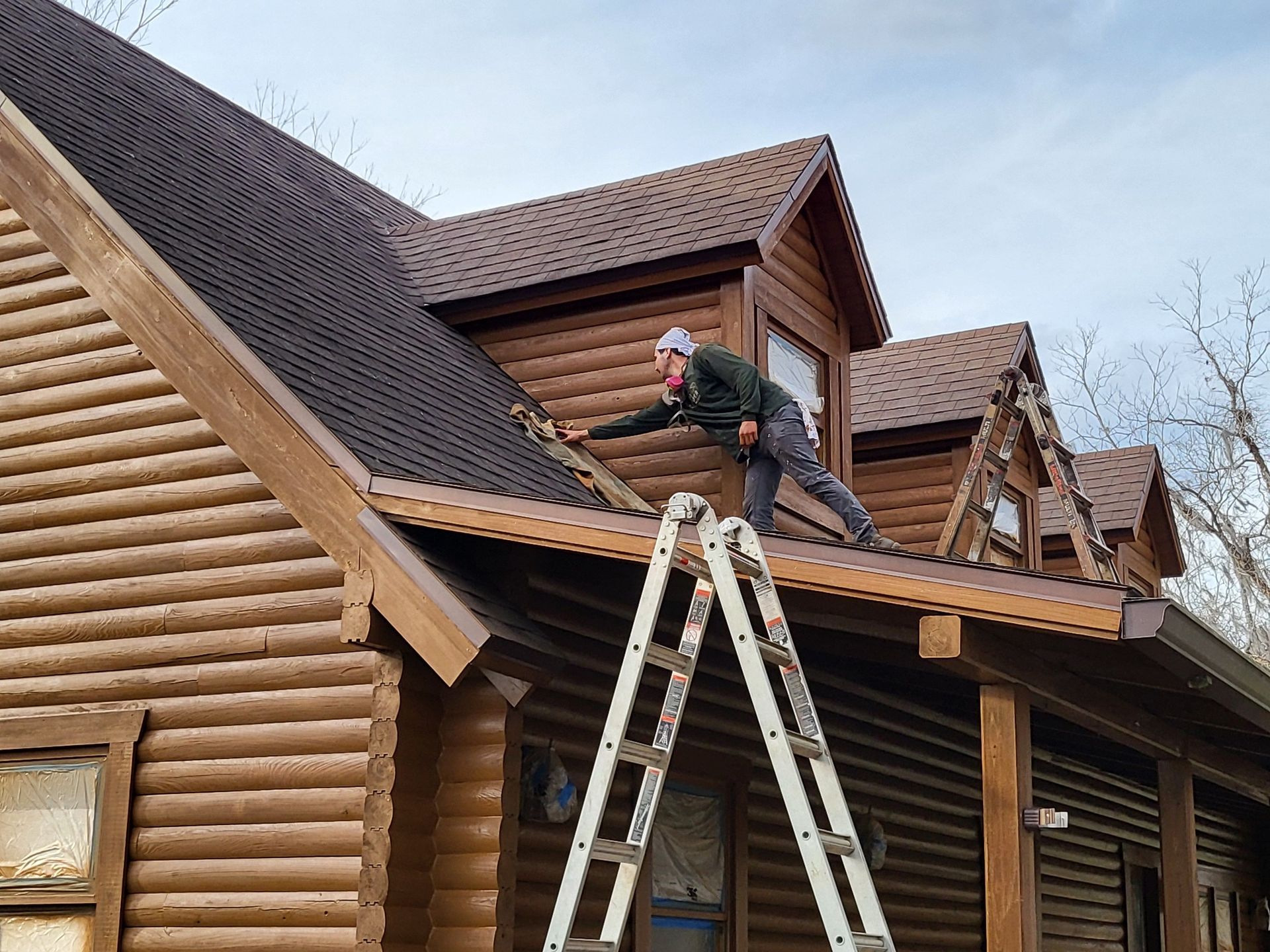
As the proud owner of a log cabin, you've likely experienced the joy and tranquility that comes with living amidst nature's beauty. However, along with this rustic charm comes the responsibility of maintaining your cabin to ensure its longevity and continued aesthetic appeal. Log cabin maintenance isn't just about appearances; it's about preserving the structural integrity of your beloved retreat. Let's delve into why regular maintenance is crucial and explore some essential tips for keeping your log cabin in top condition.
Why Maintenance Matters
1. Protecting Against Decay and Damage
Logs, while sturdy and resilient, are susceptible to decay and damage over time. Exposure to the elements, moisture, insects, and UV rays can gradually take a toll on your cabin's wood, leading to rot, mold, and structural issues. Regular maintenance, including inspections and treatments, helps identify and address potential problems before they escalate, saving you from costly repairs down the line.
2. Preserving Aesthetic Appeal
One of the primary reasons people are drawn to log cabins is their rustic charm and natural beauty. Regular maintenance plays a vital role in preserving this aesthetic appeal. Staining or sealing the wood, repairing chinking or caulking, and cleaning the exterior not only enhance the visual appeal of your cabin but also protect it from the elements, maintaining its warm and inviting ambiance.
Essential Maintenance Tips
1. Inspect Regularly
Performing routine inspections is key to catching issues early. Check for signs of water damage, insect infestation, cracks in the logs, or any areas where the sealant or stain may be wearing off. Addressing these issues promptly can prevent further damage and ensure your cabin remains structurally sound.
2. Maintain Exterior Finishes
Protect your cabin's exterior by applying a high-quality log stain or sealant every few years. This helps repel water, UV rays, and pests while preserving the natural beauty of the wood. Don't forget to inspect and repair chinking or caulking as needed to maintain a tight seal against drafts and moisture intrusion.
3. Keep Gutters and Drainage Clear
Proper drainage is essential for preventing water damage to your cabin's foundation and walls. Clean gutters and downspouts regularly to ensure water flows away from the structure. Consider installing splash guards or extending downspouts to direct water farther from the cabin.
4. Control Moisture Levels
Excess moisture can lead to mold growth, log rot, and insect infestations. Use dehumidifiers indoors to control humidity levels, and ensure proper ventilation in crawl spaces and attics. Address any plumbing leaks or water infiltration promptly to prevent moisture-related issues.
5. Schedule Professional Inspections and Maintenance
While DIY maintenance is essential, it's also beneficial to schedule professional log cabin inspections and maintenance periodically. Experienced professionals can identify hidden issues, recommend appropriate treatments, and provide expert advice on preserving your cabin's beauty and functionality.
In conclusion, regular log cabin maintenance is essential for protecting against decay, preserving aesthetic appeal, and ensuring the long-term durability of your home. By staying proactive and following these essential tips, you can enjoy your log cabin for years to come.

